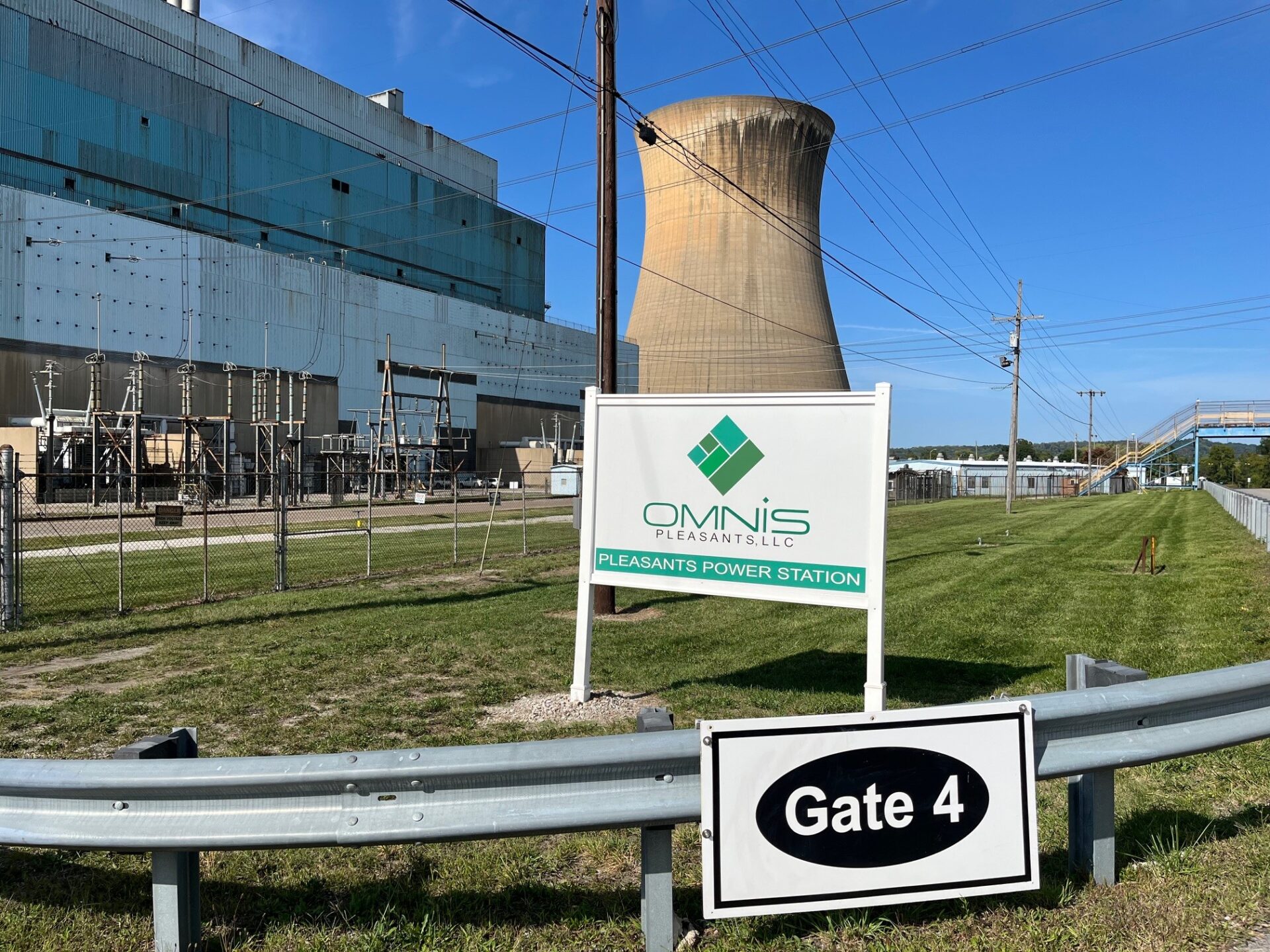When Omnis Fuel Technologies took ownership of the Pleasants Power Station in August 2023, it made big promises about converting the facility to run on hydrogen.
The California-based company proposed to manufacture graphite for electric vehicle batteries and use the hydrogen byproduct to fuel the power plant.
A year later, the facility isn’t running on hydrogen, and it’s barely burning any coal.
“No, that plant hasn’t really been running very much,” said Seth Feaster, an energy data analyst at the Institute for Energy Economics and Financial Analysis. “On the other hand, West Virginia ratepayers are not spending $3 million a month on an idle plant either.”
The plant has a troubled history.
Until it briefly ceased operations in May 2023, Pleasants had received a $12 million a year state tax break since 2019 to keep it from shutting down.
The Pleasants plant received a $50 million low-interest loan from the West Virginia Economic Development Authority in November.
The Wall Street Journal reported in July that the plant’s application for an $800 million loan from the U.S. Department of Energy was rejected.
With the possibility that the plant could go idle last year, state lawmakers passed a resolution encouraging Mon Power to purchase it.
Mon Power proposed to keep the plant in operating mode, but not produce electricity, for 12 months while it studied what to do next. It would have cost Mon Power customers $3 million a month.
State lawmakers from the joint House-Senate energy committee toured Pleasants earlier this month during their interim session in Parkersburg, though the tour was not posted on the legislature’s schedule.
Data from Standard & Poor’s show the plant has operated no more than 52 percent of the time in the past 12 months and in fact was down into the single digits for five of those months — 1 percent in March.
In June, the most recent month of data available, the plant operated at a 35 percent capacity factor. These numbers are low compared with other coal plants in the region.
A request to Omnis Fuel Technologies for comment produced no immediate response.
